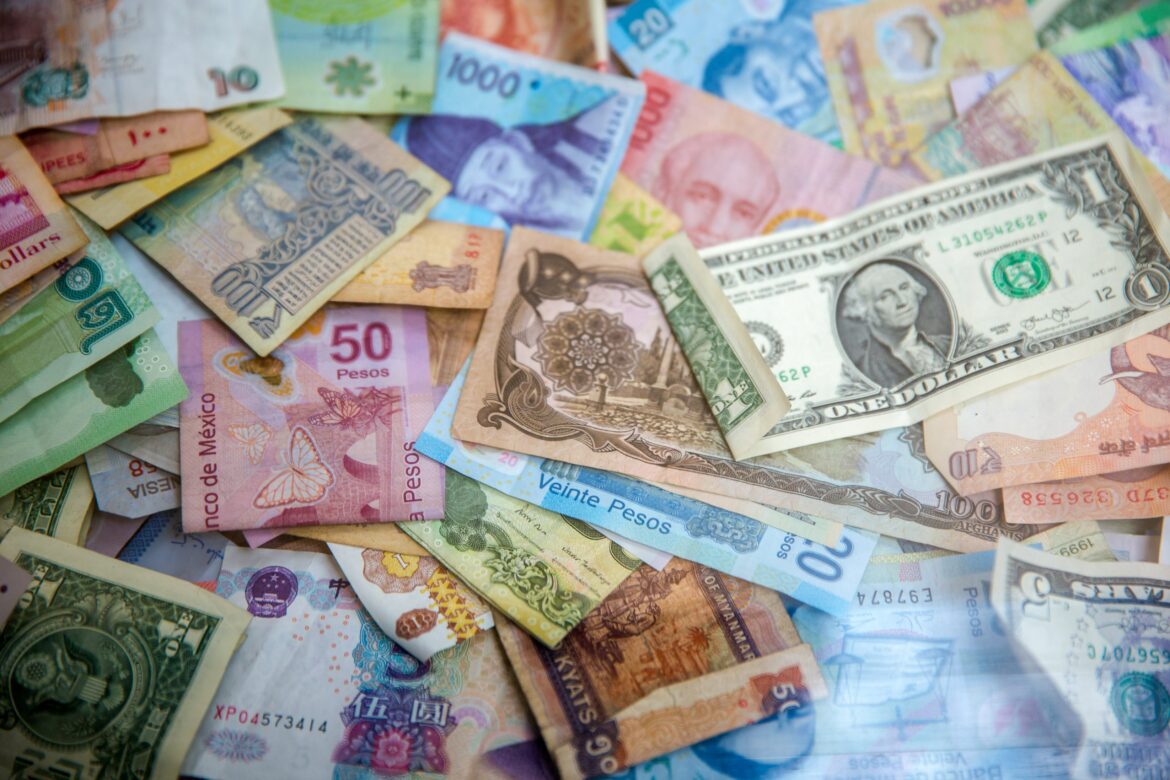Australia is recognised as the third most expensive G20 country for international money transfers.[1] Yet new research has found that nearly two-thirds (60 per cent) of Australian businesses don’t check exchange rates or shop around for the best rates and lowest fees before making international payments and money transfers, yet half (52 per cent) get ‘fee shock’ after the transaction.
The findings were derived from a survey of an independent panel of 250 Australian business owners and senior decision makers,[2] commissioned by Money Transfer Comparison, a global comparison service that helps Australian businesses source the best rate in international money transfers. The full survey results, including breakdowns across ages and States, can be found here.
60 per cent don’t seek better rates; 1 in 3 don’t check rates when making payments or transfers
The Money Transfer Comparison survey found that more than a third (36 per cent) of businesses don’t check the exchange rate or try to find better rates before making an international payment or transfer, and an additional 24 per cent said that while they do check the exchange rate, they don’t shop around for lower fees or rates.
Businesses with more than 50 employees are more likely to hunt down better exchange rates on money transfers, with 58 per cent of large businesses and 57 per cent of medium-sized businesses indicating that they check rates and look for better deals. This compares with 44 per cent of small businesses (11-50 employees) and 35 per cent of micro businesses (1-10 employees).
Despite falling to a 30-year low of $0.61 against the US dollar in October 2022, the Australian dollar has slowly strengthened, fluctuating between USD$0.69-0.71 this year to date. Major national banks predict a strengthening of our dollar through 2023: NAB has estimated the dollar will reach an estimated $0.74 USD by June this year,[3] while Westpac has predicted the same increase by December.[4]
Alon Rajic, Founder and Managing Director at Money Transfer Comparison, says the optimistic rise may help bolster the performance of Australian businesses in the foreign market, as long as they remember to shop around. “I was surprised to see that a large proportion of businesses in our research aren’t doing their due diligence and checking exchange rates and fees before making overseas payments. While the performance of the Australian dollar against the USD is predicted to improve this year, exchange rates have been volatile, particularly due to the global economic slowdown.
“Comparing exchange rates and fees across providers can not only benefit larger businesses operating on a global scale, but also smaller businesses that may be using overseas suppliers and manufacturers. In fact, the ACCC estimates Australians could save up to AUD$500 on payments of around USD$7000, simply by comparing rates across providers.[5] Businesses would also be wise to consider ways to reduce costs and waste in other areas, such as re-negotiating contracts with suppliers, contractors and manufacturers.”
1 in 2 business admit to exchange rate ‘shock’ on transfers and payments
The survey respondents were also asked whether they have ever been caught out by higher-than-expected exchange rates and fees after making an overseas payment or money transfer. More than half (52 per cent) admitted the rate was higher than anticipated when making some payments.
Interestingly, despite a higher proportion failing to check exchange rates and shop around, smaller businesses were less inclined to be blindsided by unexpectedly high rates and fees. Just 37 per cent of micro businesses admitted they were surprised to have paid a higher-than-expected rate on some money transfers and overseas payments, compared with 76 per cent of small businesses and 77 per cent of medium-to-large businesses.
Alon adds: “Unfortunately, many may not be aware that exchange rates and fees vary significantly across banks and fintech platforms – this is why comparing providers is a vital action to take before transferring money overseas. For instance, fees for international money transfers through Commonwealth Bank can range from $6 to $30, depending on whether internet, app, phone banking or a physical branch is used,[6] while fees through ANZ can range from $0 to $32 for transactions under $10,000 sent to some countries, such as Papua New Guinea, depending on the platform used.[7]”
